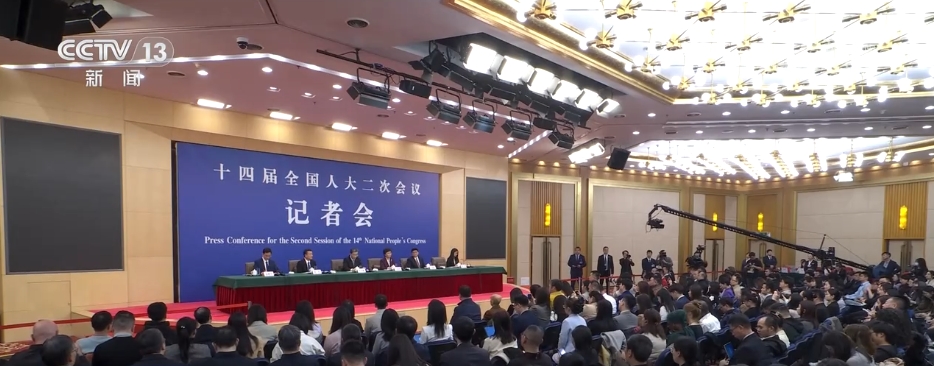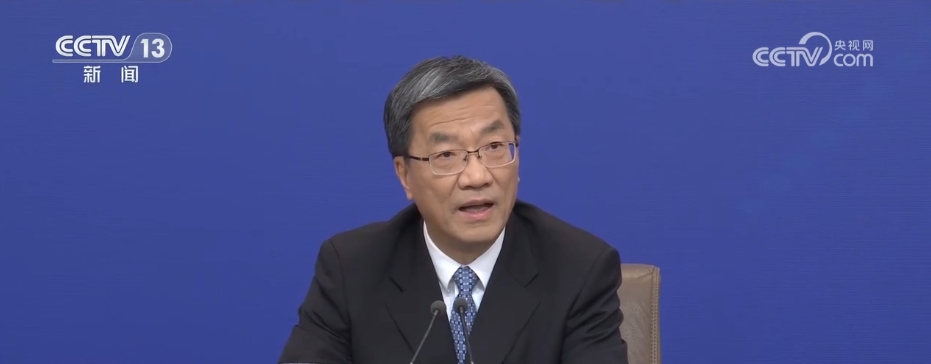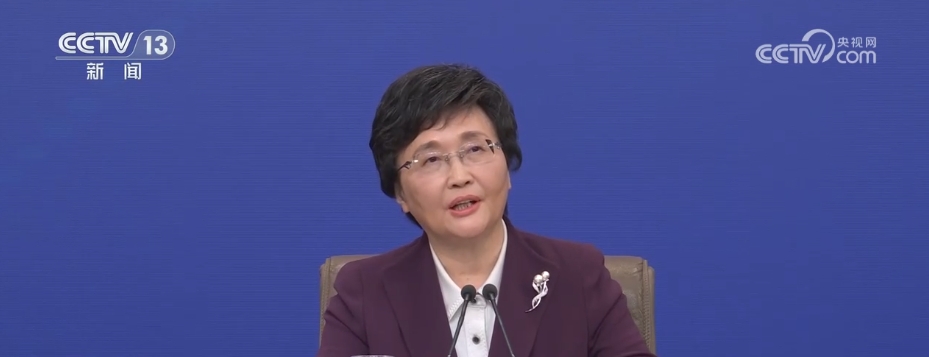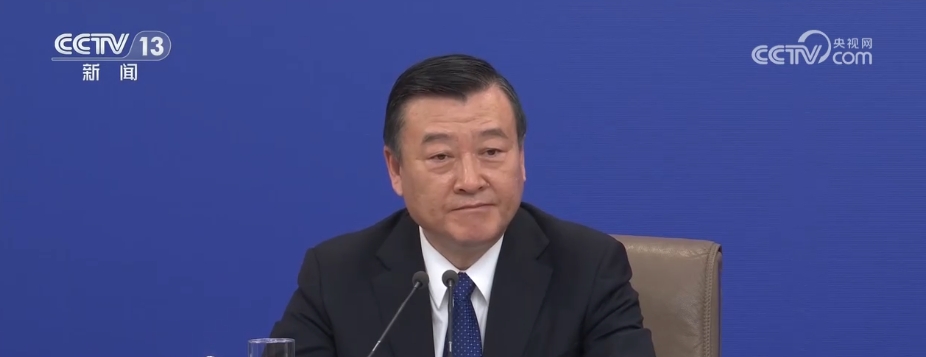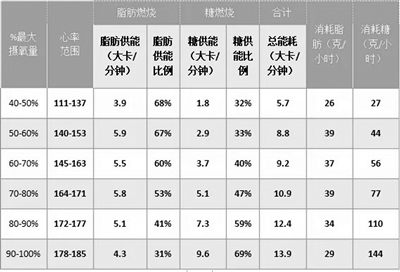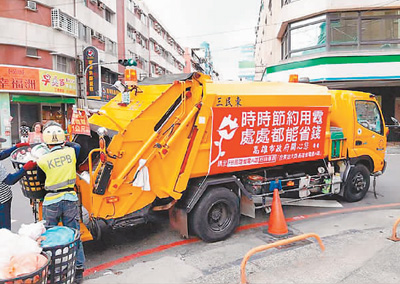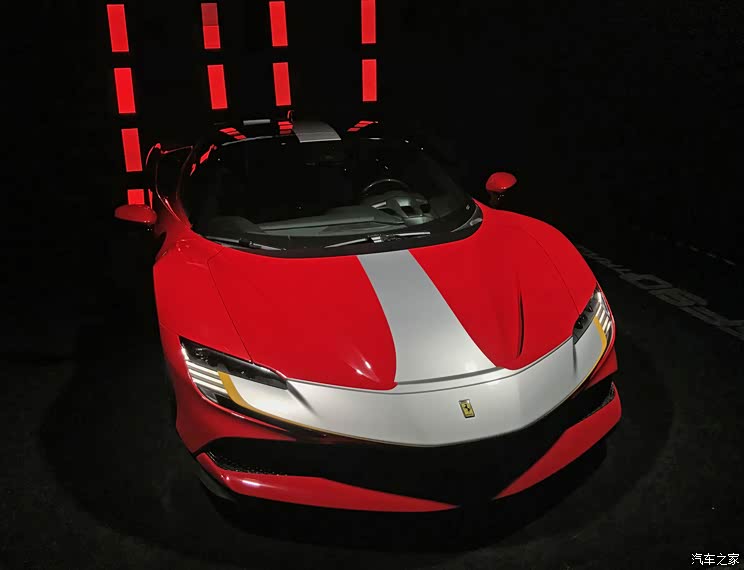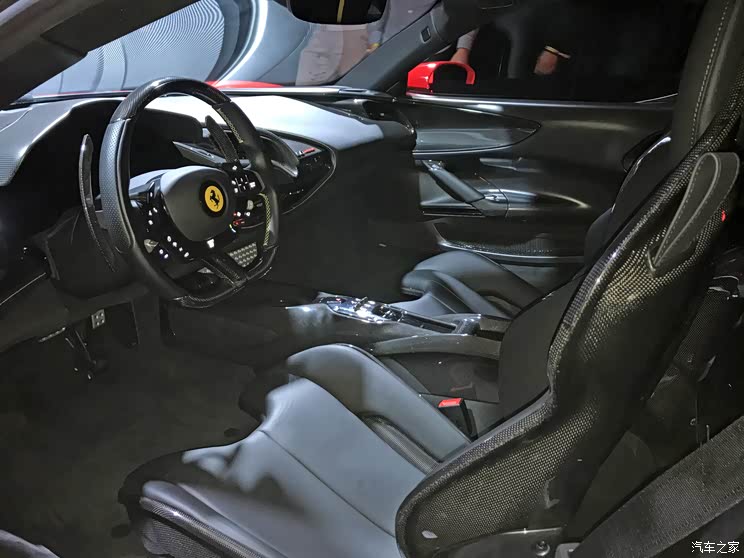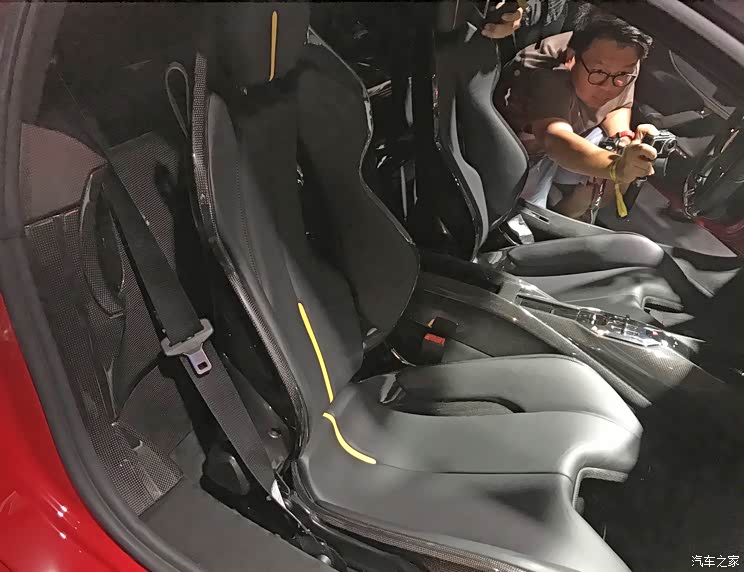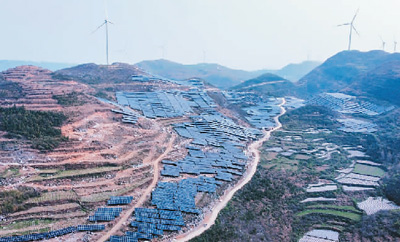Xinhua News Agency, Beijing, July 4th Special feature: uniting and consensus to promote human progress — — The Significance of the Communist Party of China (CPC)’s Promoting the Construction of a Community of Human Destiny
Xinhua News Agency reporter Chen Shan Bird Liu Pinran
The Communist Party of China (CPC) is a party for the happiness of the people of China, the rejuvenation of the Chinese nation, the progress of mankind and the great harmony of the world.
"The international community is increasingly becoming a community of destiny in which you have me and I have you." General Secretary of the Supreme Leader, based in China and with the world in mind, deeply pondered over major issues such as "What kind of world to build and how to build this world", gained insight into the future and destiny of mankind, grasped the development trend of the times, and pointed out that "building a community of human destiny is the future of people all over the world". In the new era, the Communist Party of China (CPC) people are working hand in hand with all forces to make continuous contributions to China’s wisdom, China’s plan and China’s strength in solving major human problems and building a world of lasting peace, universal security, common prosperity, openness, tolerance and cleanliness.
In the face of the unprecedented changes in the world in the past century, the concept of building a community of human destiny conforms to the historical development trend. generate’s surging ideological power has condensed the common expectations of the people of the world for peace, development and cooperation, and has become a clear banner leading the trend of the times and the direction of human progress.
Take the thought as the banner, gather the strength to meet the challenge.
On May 19th, General Secretary of the Supreme Leader and the heads of five Central Asian countries signed the Xi ‘an Declaration of the China-Central Asia Summit, amid the long and warm applause from the audience. "Building a Closer China-Central Asia Community of Destiny" was written into the declaration document as the most important political achievement of the summit. China and the five Central Asian countries achieved full coverage of the community of human destiny at the bilateral level, once again demonstrating the powerful influence, vitality and appeal of the concept of building a community of human destiny. Bakht Bhakta, a political scholar in Kyrgyzstan, said that this concept "builds a road to peace and prosperity" for Central Asian countries.
Looking around the world, geopolitical conflicts, terrorism, climate change and other challenges emerge one after another; The risk of long-term low growth of the global economy still exists; Some countries push "decoupling and chain breaking" to disrupt the global industrial chain and supply chain; What’s more, some countries stick to the cold war mentality, advocate group confrontation, and wantonly collide with the post-war international order … … In the face of the century-long change of accelerating evolution, people expect more and stronger deterministic forces.
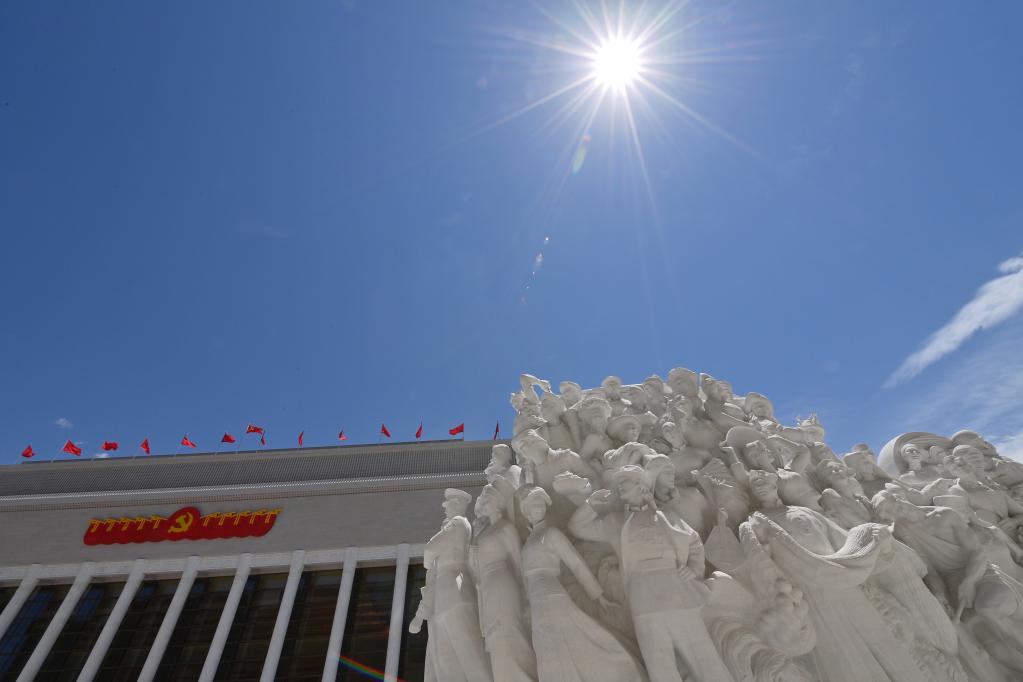
This is the exterior of communist party Historical Exhibition Hall, China.
From the speech at Moscow Institute of International Relations in Russia in 2013 to the general debate of the 70th UN General Assembly in 2015, the vision of "Five Worlds" was systematically explained at the UN headquarters in Geneva in 2017, and then the joint construction of human health community was advocated in 2020, the global development destiny community was called for in 2021, and the joint construction of human security community &hellip was proposed in 2022. … General Secretary of the Supreme Leader has always focused on the question of the world, the question of history and the question of the times, constantly enriching and expanding the connotation and extension of the concept of building a community of human destiny, providing a Chinese plan for mankind to jointly deal with major crises and global challenges, and bringing together consensus and joint efforts.
Salah Adley, general secretary of the Egyptian communist party, believes that the idea of building a community of human destiny is "a global vision built by the Communist Party of China (CPC) on a solid political and cultural basis completely different from that of the West". Keith Bennett, vice chairman of 48 group clubs in Britain, said: "The concept of building a community of human destiny advocates win-win and unity, which deeply meets the urgent needs of people in the current situation. China not only continues to improve its theoretical framework, but also has detailed plans for implementation. "
The idea of building a community of human destiny was written into the 19th National Congress of the Communist Party of China and Report to the 20th CPC National Congress, and it was written into party constitution and the Central Committee of the Communist Party of China’s Resolution on the Party’s Great Achievements and Historical Experience in a Hundred Years’ Struggle, which promoted its writing into the Constitution. The Belt and Road Initiative, the Global Development Initiative, the Global Security Initiative and the Global Civilization Initiative were put forward and practiced one after another, and General Secretary of the Supreme Leader led the Communist Party of China (CPC) to unswervingly promote the building of a community of human destiny.
It has been written into the resolutions of the General Assembly for six consecutive years, and it has been included in multilateral mechanism documents such as Shanghai Cooperation and BRICS, and the concept of building a community of human destiny has won wide recognition in the international community. Bilateral communities of destiny such as China-Laos, China-Pakistan, China-Cambodia, China-Thailand, China-Indonesia, China-Kazakhstan, China-Ukraine, China-Turkey, China-Kyrgyzstan and China-Tajikistan have taken root, and communities of destiny such as Asia-Pacific, China-ASEAN, China-Central Asia, the SCO, Central Africa, China-Arab, China-Latin America and China-Pacific island countries have made steady progress, and initiatives of communities of destiny such as cyberspace, nuclear security and oceans have received positive responses from
Promoting the building of a community of human destiny, new practical achievements are constantly emerging, which is exciting. Since the beginning of this year, from the release of the Concept Document of Global Security Initiative, China’s Position on Political Settlement of Ukrainian Crisis and China’s Position on Afghan Issues, to the successful mediation of Saudi Arabia and Iran to achieve the "Beijing handshake" and actively promote the "reconciliation tide" in the Middle East, China has taken the long-term goal of building a community of human destiny, actively implemented global security initiatives, and actively explored new security paths of dialogue rather than confrontation, partnership rather than alliance, and win-win rather than zero sum.
Hold the "Belt and Road" international cooperation summit forum twice, deepen and expand the "BRIC+"model, and constantly improve cooperation mechanisms such as China-Arab, Central Africa, China-Latin America, China-Central and Eastern European countries, and China-Central Asian countries & HELIP; … China firmly supports the vast number of developing countries, strives to enhance the representation and voice of emerging market countries and developing countries in global affairs, and promotes the development of the global governance system in a more just and reasonable direction.
Former Mozambican President joaquim chissano said that the concept of building a community of human destiny embodies the will of people all over the world to seek unity and development, and "shows the Communist Party of China (CPC)’s openness and cooperation". Mohammad Jebouri, a professor of journalism at Iraqi University, said that "building a community of human destiny and pursuing unity, cooperation, mutual benefit and sustainable development" hit home the needs of the international community.
Taking the people as the center and sharing opportunities for prosperity and development.
This year is the ninth year for Chinese staff member Juck Zhang to struggle on the front line of Indonesian Jakarta-Bandung High-speed Railway project construction. Indonesian colleagues once asked curiously about the meaning of "serving the people" on the badge on his chest. Juck Zhang, who has been a party member for 25 years, said, "It is to make people feel happy and beautiful", and "For example, building Jakarta-Bandung High-speed Railway is to facilitate people’s travel".
In the spring of 2013, General Secretary of the Supreme Leader pointed out in his speech at Moscow Institute of International Relations in Russia that all countries and people of all countries should enjoy the fruits of development together. While pursuing its own development, each country should actively promote the common development of other countries. In the golden autumn of this year, the General Secretary of the Supreme Leader proposed a major initiative to jointly build the "Belt and Road", build an open cooperation platform with a broad mind and a broad perspective, and promote global interconnection.
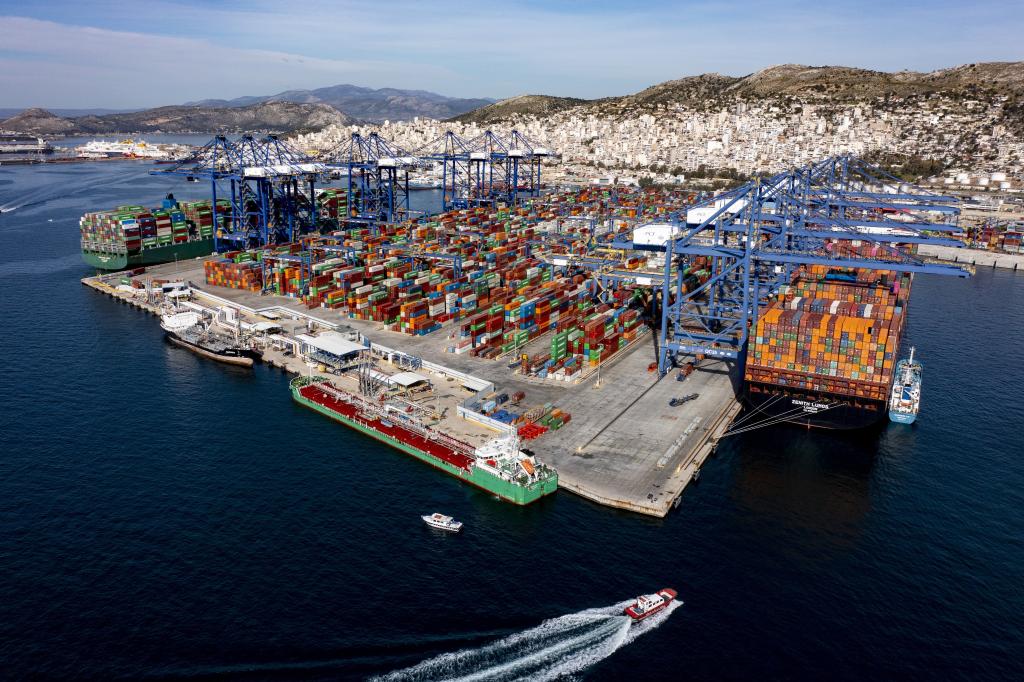
This is container terminal 3 in Piraeus, Greece. As a model project of the "Belt and Road Initiative", Piraeus Port has become one of the leading container ports in the Mediterranean region and a new hub of the Eurasian two-way land-sea combined transport channel.
After ten years of hard work, the "Belt and Road" has become an important practical platform for building a community of human destiny. Build the first modern all-Africa CDC in Ethiopia, the largest deep-water port in West Africa in Nigeria, the longest tunnel in Central Asia in Uzbekistan, and the first sea-crossing bridge in Maldives … … In the past ten years, the "One Belt, One Road" initiative has attracted the participation of more than three-quarters of countries and 32 international organizations in the world, significantly improved the level of global connectivity and trade, boosted the investment scale of nearly one trillion US dollars, created 420,000 jobs for countries along the route, lifted nearly 40 million people out of poverty, and promoted cultural exchanges in different regions, thus becoming a "happy road" for the benefit of all countries and the world.
"Build ‘ Belt and Road ’ Important initiatives such as China’s profound understanding of the status quo and laws of the development of human civilization in the 21 ST century, countries should help each other and build their homes together. " Anatoly Tozik, former Deputy Prime Minister of Belarus, said.
General Secretary of the Supreme Leader said: "Chinese has always advocated ‘ The world is one, the world is one ’ . The people of China not only hope that they will live well, but also hope that the people of all countries will live well. "
Facing the severe challenges of global development in recent years, the Communist Party of China (CPC) put forward and put into practice the global development initiative based on the people-centered development idea, which effectively condensed the international consensus of promoting development together, effectively responded to the global challenges and the development needs of developing countries, and won the support of more than 100 countries and many international organizations including the United Nations. In June last year, General Secretary of the Supreme Leader presided over the High-level Dialogue on Global Development in Beijing, proposing to create a development pattern of balanced benefits, coordination, tolerance, win-win cooperation and common prosperity, and announced that China has implemented 32 important global development initiatives. Up to now, half of them have been implemented or achieved early results, which has been highly praised by all parties.

In Nairobi, China railway experts and students pass by a Monnet railway locomotive. The team of railway experts in China focuses on the local training of talents.
"We should listen to the voice of the people, conform to the trend of the times, push all countries to strengthen coordination and cooperation, unify the interests of our own people with those of people all over the world, and move forward in the direction of building a community of human destiny." The Communist Party of China (CPC), which has embarked on a new journey, is promoting Chinese-style modernization with high-quality development and providing new development opportunities for all countries.
Build a series of national "exhibition matrices" such as China International Import Expo(CIIE) and Consumer Expo, sign free trade agreements with at least 27 countries and regions, make overall plans to promote the construction of 21 free trade pilot zones and Hainan free trade ports, promote the high-level implementation of the Regional Comprehensive Economic Partnership Agreement, and apply to join the Comprehensive and Progressive Trans-Pacific Partnership Agreement … … Over the past decade, China has contributed more than 30% to the world economic growth on average, and has become a major trading partner of more than 140 countries and regions.
The 14th Annual Meeting of the New Champions of the World Economic Forum (Summer Davos Forum), which just concluded not long ago, attracted about 1,500 participants, half of whom came from overseas, and foreigners hoped to learn more about China and develop their business. Schwab, chairman of the World Economic Forum, said that "the whole world has benefited from the development of China".
Take civilization as the torch to illuminate the direction of human progress.
"Today, when the future and destiny of all countries are closely linked, the inclusive coexistence, exchanges and mutual learning of different civilizations play an irreplaceable role in promoting the modernization of human society and prospering the world’s civilized gardens." In March this year, General Secretary of the Supreme Leader put forward the global civilization initiative at the high-level dialogue meeting between the Communist Party of China (CPC) and the world’s political parties, further enriching and expanding the practical path of building a community of human destiny.
The inclusiveness of Chinese civilization determines the openness of Chinese culture to the world civilization. Global Civilization Initiative advocates respecting the diversity of world civilizations, promoting the common values of all mankind, attaching importance to the inheritance and innovation of civilizations, and strengthening international humanities exchanges and cooperation, which is another important public product provided by China to the international community in the new era.
To solve the outstanding contradictions and problems faced by mankind, we need to rely on material means to overcome difficulties, and we also need to rely on spiritual strength to be sincere and upright. In the new era, China has always been an advocate, practitioner and promoter of cultural exchanges and mutual learning, from holding international conferences such as the Conference on Dialogue of Asian Civilizations, the High-level Dialogue between the Communist Party of China (CPC) and the World Political Parties, and the General Assembly of the Asian Cultural Heritage Protection Alliance, to co-hosting the "Year of Cultural Exchanges" with many countries, and carrying out activities such as mutual translation of classic works and joint archaeology. The article on the website of Mexican Millennium newspaper holds that China defended the argument of equality of civilizations and emphasized understanding the value connotation of different civilizations with a broad mind.
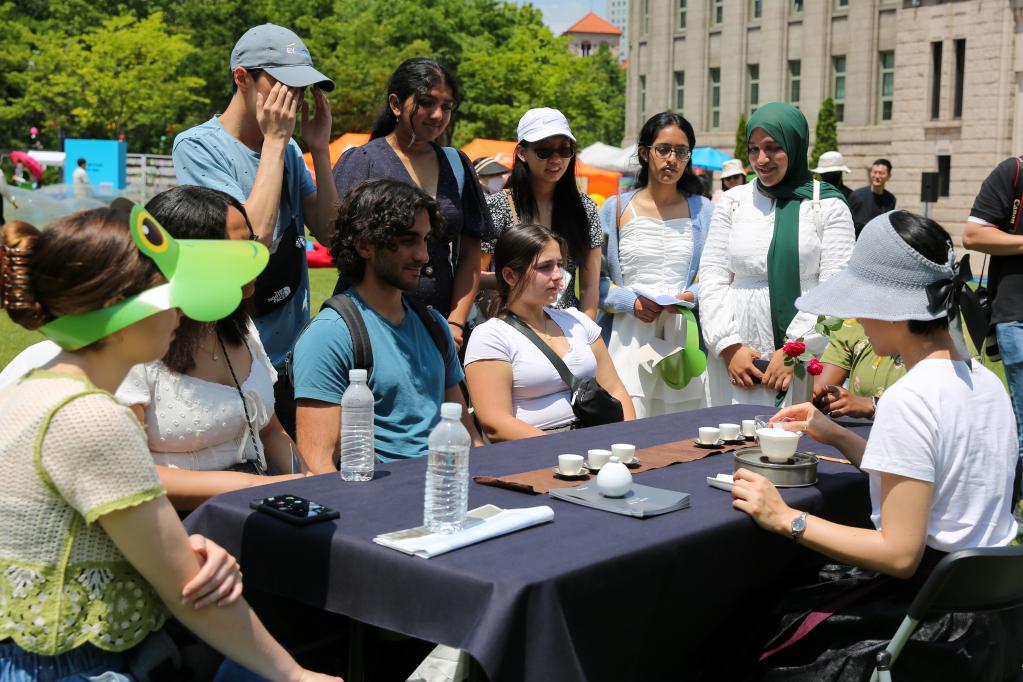
Before "International Tea Day", China Cultural Center in Seoul launched a series of activities of "Tea Rhyme" in South Korea to promote China tea culture.
The General Secretary of the Supreme Leader pointed out: "To promote the building of a community of human destiny, it is not to replace another system with one system or another civilization with one civilization, but to form the greatest common denominator for countries with different social systems, different ideologies, different historical cultures and different levels of development to share interests, rights and responsibilities in international affairs."
Everything breeds without harming each other, and Tao runs parallel without contradicting each other. The concept of building a community of human destiny advocates upholding equality and respect, abandoning arrogance and prejudice, building more bridges across the barriers of civilization, promoting people of all countries to know each other, and jointly building a harmonious coexistence between man and nature, coordinated progress of economy and environment and common development of all countries in the world. Former Egyptian Prime Minister essam sharaf said that building a community of human destiny is "an inevitable choice for the development of human civilization". Surab Gupta, a senior researcher at the Center for Sino-American Studies in the United States, believes that China advocates tolerance, mutual learning and common progress instead of imposing its own values on others, which is of great significance to world peace and development.
Fate and common road, with the world in mind and the future. The concept of building a community of human destiny profoundly interprets the true meaning of peace and development, reflects the common aspiration of people of all countries, and exudes ideological charm beyond time and space, which will surely unite more and more consensus and push human society towards a bright future. (Participating in reporters: Yu Qianliang, Yao Bing, Shen Danlin, Liu Kai, Guan Jianwu)

